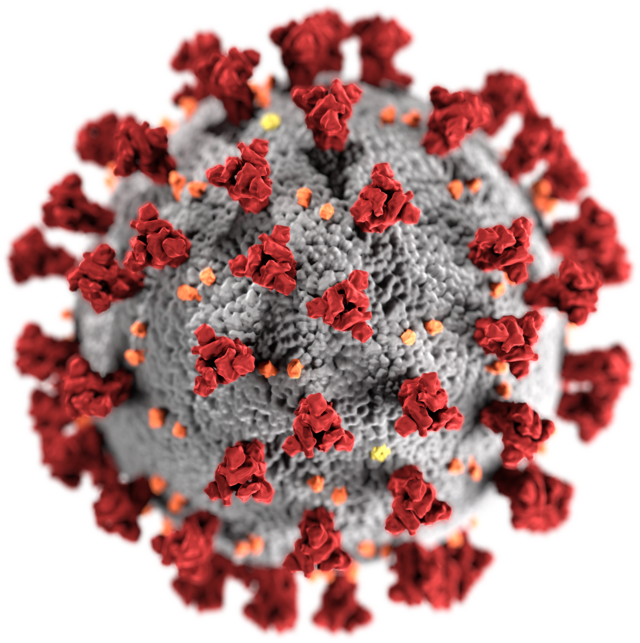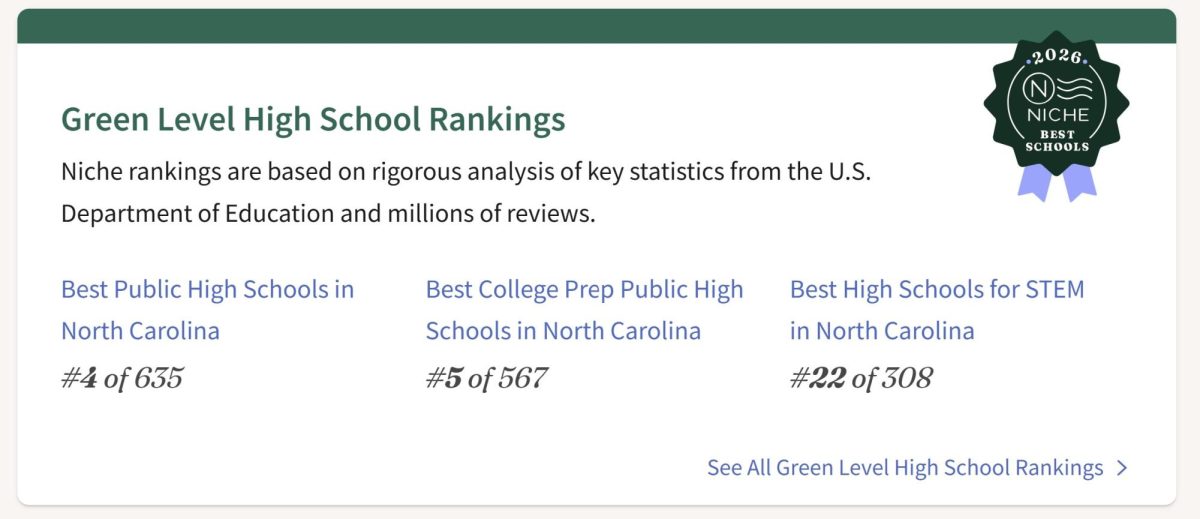Just when it felt like COVID-19 was finally fading into the background, a new variant called KP.2 started spreading across the US. Many people haven’t heard of it yet, but experts say we should keep an eye on it, especially as we head into spring and summer.
For most of 2024 and early 2025, a variant called JN.1 was the main type of COVID-19 spreading in the US. JN.1 was already very contagious, but now a new variant called KP.2 — which is a “descendant” of JN.1 — is becoming more common.
In mid-March KP.2 made up only 1% of COVID-19 cases in the US. But just a few weeks later, it’s already responsible for more than 25% of cases. It’s very similar to JN.1, but researchers think KP.2 might be a little better and spreading and escaping the immune system, which could make it easier to catch.
KP.2 is part of a group of variants that scientists jokingly call “FLiRT,” named after the letters in their spike protein mutations. Spike proteins are the part of the virus that helps it enter our cells and infect us.
Right now, COVID cases are not rising fast, and according to the CDC, virus levels in wastewater are still at a low. Hospital visits and emergency room cases have gone down in recent weeks. But doctors are keeping a close eye on KP.2 to see if those statistics change.
Dr. Marc Sala, a COVID expert in Chicago, said we probably won’t see anything “sudden” happen, but KP.2 could slowly become the main version of this virus. He claims, “This might be our new normal.”
“Take your folder home,” is the last thing Cheshtha Shrichandri, a freshman at Green Level, heard her fourth grade teacher say before having to attend school through a screen.
Even though COVID was such a prominent part of our lives, Cheshtha was never directly affected, but her family was. “It felt weird” she claims. From going to the normal of seeing people walking in the streets, or playing basketball on the streets.
“I’m not too thrilled”, she states. With a new variant coming in, new possibilities also come in, leaving a lot of room for change to our future.
Even though people who had JN.1 can still get KP.2, the latest COVId shot targets a different variant (XBB 1.5), doctors say that the vaccine still helps. It may not stop the infection completely, but it lowers the chances of getting seriously sick — especially for people over 65, those who get pregnant, or people with weak immune systems.
Dr. Peter Chin-Hong, an infectious disease doctor in California, said many of the sickest people he treats are older and didn’t get the latest shot. That’s why the CDC recommends people over 65 get another dose if it’s been at least four months since their last one.
For now, experts aren’t panicking — but they are reminding people to stay careful. KP.2 might not cause a major outbreak, but it’s still spreading and could mess with spring and summer plans, especially for people who are more at risk.
It’s a good idea to stay up to date on vaccines, watch for symptoms, and be mindful around vulnerable people. Even though the pandemic isn’t as intense as it used to be, COVID-19 is still out there — and it’s still changing.
As one doctor said, “That’s the nature of the virus. It keeps mutating”
Here’s to hoping KP.2 doesn’t turn this summer into another COVID wave.








